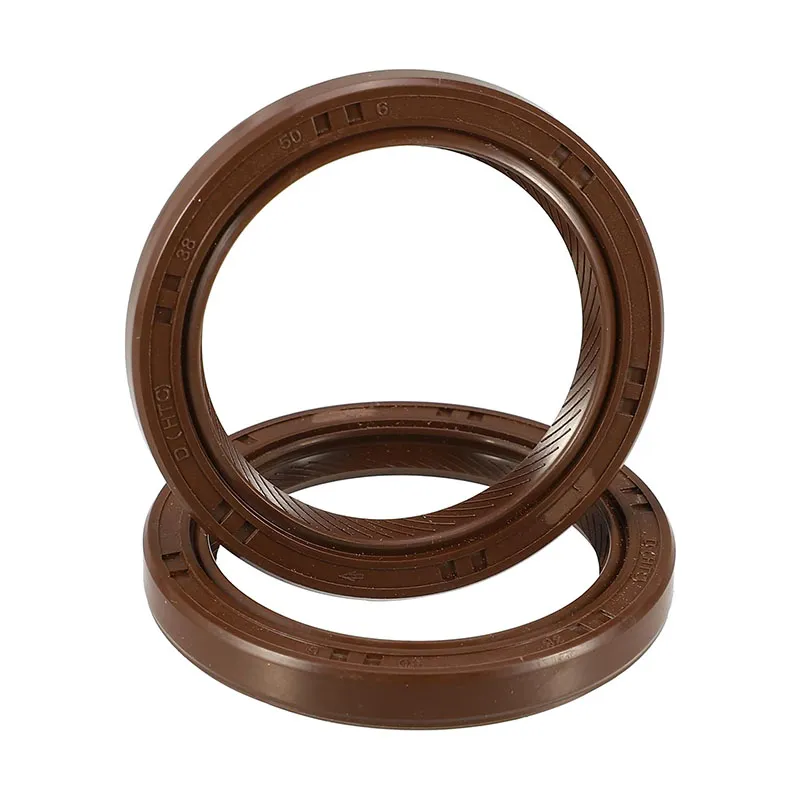car sump plug
Understanding the Importance of the Car Sump Plug
When it comes to vehicle maintenance, one area that often slips under the radar is the sump plug. While it may seem like a small and insignificant part, the sump plug plays a crucial role in the overall health and functionality of a car's engine. Understanding its purpose and maintenance can help vehicle owners keep their cars in optimal condition.
What is the Sump Plug?
The sump plug, also known as the oil drain plug, is located at the bottom of the oil sump, which is part of the engine's lubrication system. Its primary function is to allow the old oil to be drained from the engine during an oil change. When an oil change is performed, the sump plug is removed, and the oil flows out, leaving the engine clean and ready to receive fresh oil.
Why is the Sump Plug Important?
The importance of the sump plug cannot be overstated. First and foremost, it prevents oil from leaking out of the engine. A properly fitted sump plug creates a seal that contains the oil within the engine, ensuring that the lubrication system is always operational. If the sump plug is damaged, loose, or improperly fitted, it can lead to oil leaks, which can cause serious engine damage over time.
Secondly, the sump plug plays a vital role during routine maintenance. Regular oil changes are essential for extending the life of an engine, as old oil can become contaminated and lose its effective lubricating properties. The sump plug allows for easy access to drain the oil, making the maintenance process more efficient.
Signs of a Faulty Sump Plug
car sump plug

Recognizing the signs of a faulty sump plug can save car owners from extensive repairs. Common indicators include oil spots or puddles under the vehicle, which can signify a leaking sump plug. Additionally, if the engine is making unusual noises or if the oil warning light illuminates on the dashboard, these could be signs that the oil level is low due to a leak related to the sump plug.
It’s also important to periodically check the condition of the sump plug itself. Over time, the threads on the plug can wear down, or the gasket may become compromised. When this occurs, it may be necessary to replace the sump plug to ensure a proper seal.
How to Maintain the Sump Plug
Maintaining the sump plug is relatively simple but crucial for the health of your engine. During an oil change, always inspect the sump plug for signs of wear and tear. If any damage is noted, replace it immediately. It is also essential to use the correct torque when tightening the sump plug to prevent cross-threading or stripping the threads.
When replacing the oil, it's a good practice to also replace the gasket that seals the sump plug. This ensures that a tight seal is maintained, reducing the risk of leaks.
Conclusion
In summary, while the sump plug may appear to be a minor component within the engine, its role is significant in maintaining vehicle performance. Regular checks and proper maintenance of the sump plug can prevent leaks, ensure efficient oil changes, and prolong the lifespan of an engine. Car owners should not overlook this small but mighty part, as taking care of it contributes to the overall health and reliability of their vehicle.
-
Simplifying Oil Changes: A Comprehensive Guide to Oil Drain Plugs and Their Variants
News Aug.04,2025
-
Mastering Oil Drain Maintenance: Solutions for Stripped, Worn, and Upgraded Oil Plugs
News Aug.04,2025
-
Fixing Oil Pan Plug Issues: Leaks, Stripped Nuts, and the Right Replacement Solutions
News Aug.04,2025
-
Everything You Need to Know About Oil Drain Plugs: Sizes, Fixes, and Upgrades
News Aug.04,2025
-
Choosing the Right Oil Drain Plug: A Guide to Sizes, Materials, and Drain Innovations
News Aug.04,2025
-
A Complete Guide to Automotive Drain Plugs: Types, Problems, and Innovative Solutions
News Aug.04,2025
-
The Ultimate Guide to Car Repair Kits: Tools and Essentials Every Driver Should Own
News Aug.01,2025
Products categories















